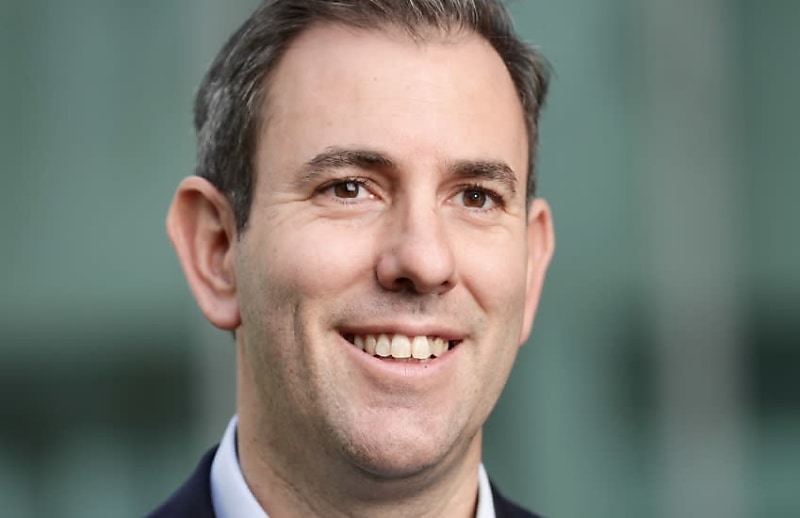You’re out of free articles for this month
Current regulation failed to strike the right balance between embracing technology and protecting consumers, Treasurer Jim Chalmers said in a joint release with Financial Services Minister Stephen Jones and Assistant Minister for Competition Andrew Leigh.
“As it stands, the crypto sector is largely unregulated, and we need to do some work to get the balance right so we can embrace new and innovative technologies while safeguarding consumers,” said the release.
The first step was to engage in token mapping, which would identify how crypto and related services should be regulated by creating a uniform set of terms for the assets.
CPA Australia’s general manager of media and content Dr Jane Rennie was pleased that the government had placed a priority on token mapping.
“We have been encouraging the government to undertake token mapping before making further decisions about crypto asset regulation, this is a great first step,” said Dr Rennie.
“Crypto regulation must take into consideration the accounting definition of an asset upfront.
“By token mapping first, we will have a consistent understanding of different crypto assets, such as stable coins, cryptocurrencies, utility tokens, central bank digital currencies and non-fungible tokens.”
Specialist cryptocurrency tax firm Fullstack said there were multiple issues the government needed to examine.
“Whilst the government and the ATO has recently taken a proactive approach to cryptocurrency related compliance matters there is still a lot of uncertainty required to be addressed,” said Fullstack.
One was bridging between networks because a current lack of clarity meant confusion about which assets were to be taxed.
“We believe clarity in the understanding of the process of bridging between networks is required to determine the appropriate tax treatment which speaks to the spirit of our tax laws,” said Fullstack.
“While these transactions do not pose any tax implications as the ownership of the underlying asset has not changed, the ATO’s limited guidance suggests for bridging assets this is the case and therefore a CGT event has occurred.”
The firm said another issue was the derivation of income via staking interest and rewards. Staking involves the locking of crypto assets for a set period to support the blockchain, which earns owners a return on their holdings.
“The guidance from the ATO alludes to staking interest being derived when it is earned as opposed to when it is received,” said Fullstack.
“The issue here is there is no commercial or feasible way to ascertain the price of the staking interest now it is earned, as it does not automatically enter the blockchain ledger as this happens only when the stake is claimed.
“Due to the difference between the dates claimed and earned, and the large fluctuations in price, there is a significant discrepancy between approaches.”
As crypto assets increased in popularity “to the extent that crypto advertisements can be seen plastered all over big sporting events”, the government would look to better protect consumers and ensure they were informed of the risks and potential downfalls.
Dr Rennie said all investors needed protection but the government needed to be careful.
“We don’t want to see innovation regulated away,” she said. “We need thoughtful and fit-for-purpose regulation that strikes the right balance between protecting investors and encouraging innovation.
“Investors and consumers deserve the same protections when trading crypto assets that they have when investing in other financial products.
“Mapping crypto assets is a step in the right direction to achieve this goal.”
The joint release said that it would strive to provide greater control around the sector.
“The aim will be to identify notable gaps in the regulatory framework, progress work on a licensing framework, review innovative organisational structures, look at custody obligations for third party custodians of crypto assets and provide additional consumer safeguards,” it said.
This release comes after ASIC renewed its focus on crypto, listing it among its external priorities for 2022–26.
“We encourage ASIC, Treasury, APRA and the RBA, who are all involved in crypto regulation and oversight, to collaborate to ensure a coordinated and consistent response,” said Dr Rennie.

 Login
Login







